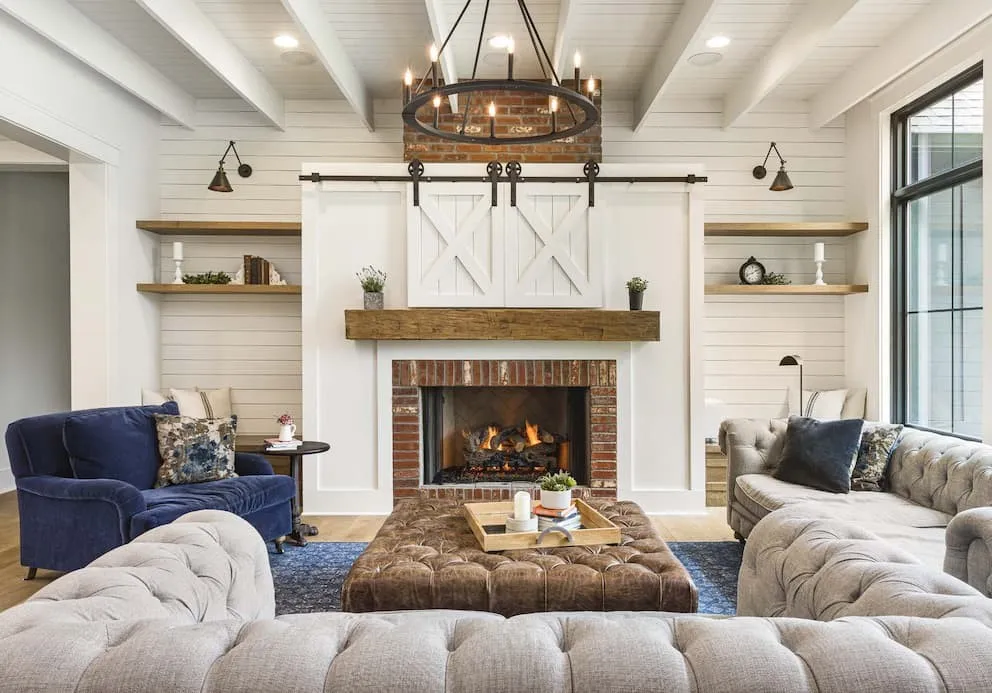Table of Contents
AWI focuses on new standards initiative; members see favorable market ahead
By Jim Leute
Seven years after its founding in 1954, the Architectural Woodwork Institute authored and released its first industry woodwork standards.
The early standards set three levels of woodwork quality that allowed design professionals and woodwork manufacturers to establish clear and concise expectations for products.
Fifty-five years later, the organization is true to its core with a sharp focus on woodwork industry standards.
In fact, a central tenet of the organization’s mission is “to be the global leader in architectural woodwork standards.”
AWI has a membership roster that approaches 2,100, including manufacturers, suppliers and affiliate individuals represented by design professionals, architecture and design students, educators and countless industry shareholders.
It started during the post-World War II building boom when a group of woodwork industry leaders saw the need to standardize manufacturing processes and costing data. In doing so, they wanted to advance the architectural woodwork manufacturing industry to design professionals in the United States.
In 2014, AWI’s board decided the organization should pursue a voluntary industry consensus woodwork standard through the American National Standards Institute. As the voice of the U.S. standards and conformity assessment system, ANSI helps strengthen the U.S. marketplace while assuring the safety and health of consumers and the protection of the environment.
“We expect that specific woodwork sections will begin the ANSI canvas and  balloting process sometime in late 2017,” said Greg Lutz, AWI’s president and vice president of the Wylie, Texas-based Lutz Woodworks, which specializes in plastic laminated casework, countertops, unique fabrications and solid surface fabrications.
balloting process sometime in late 2017,” said Greg Lutz, AWI’s president and vice president of the Wylie, Texas-based Lutz Woodworks, which specializes in plastic laminated casework, countertops, unique fabrications and solid surface fabrications.
Surface & Panel recently asked Lutz about AWI’s work on industry standards and its overall perspective on the architectural woodwork industry.
Q: AWI seems to focus heavily on industry standards. What’s new in that arena?
A: Lutz said the organization is working on the ANSI/AWI Woodwork Standard Initiative to align it with MasterSpec, a building and construction specification system used by architects, engineers and a variety of other design professionals.
“The approach is to align the sections of architectural woodwork standards to the MasterSpec’s specification numbering system and its related divisions of work that are used by most every design professional,” Lutz said. “By doing so, it will allow design professionals to easily reference the ANSI/AWI sections of work in harmony with specification-contract documents.”
AWI has a technical committee responsible for compliance to the ANSI process and reviewing drafts of standards designed to update and reorganize current industry standards. A new approach will include requirements for woodwork performance measures and aesthetic-appearance measures.
Lutz said AWI also is working with other related industry associations to harmonize between their existing ANSI industry standards to avoid any conflicts with the new ANSI/AWI standard.
“It is through our association’s combined efforts and ongoing relationship that together we can accomplish more than any single association could ever hope to do alone,” Lutz said. “When we work together with the objective to improve our industry and the marketplace, every shareholder in the entire chain from raw materials to the ultimate end user will benefit from the resulting voluntary consensus-based ANSI industry standard.”
Q: What is your organization’s view on the state of the commercial interior business? How has it been, what’s the outlook and why?
A: Lutz said the commercial interiors market has demonstrated brisk marketplace activity over the past 12 months, and most manufacturing members report a healthy backlog of work for upcoming contracted projects.
“Prompt payment on contract terms remains a challenge within the construction industry chain,” he said. “Over the past 10-plus years, many states have enacted prompt-pay laws that have alleviated many payment constraints of the past.”
Lutz said the overall business sentiment of AWI’s manufacturers improved this year.
“(That’s) a positive indicator that manufacturers believe the marketplace’s short-term future is secure and growing,” he said.
Q: What more does your organization’s most recent Business Sentiment Index indicate and what are the critical factors that seem to shape sentiment?
A: Lutz said the annual index, most recently at 78 percent, is an average of respondent sentiments about factors such as overall marketplace outlook, cash flow, business conditions, labor quality, trends in revenues, workforce size and staffing levels.
The 2016 survey revealed almost equal sentiment from both high-profit companies and the aggregate of all that participated.
“In contrast to in prior years, (when) there was generally a differential between high-profit firms versus the aggregate of all firms,” he said.
Q: How do those factors affect the use of cabinets, moldings, millwork and the companies that make them?
A: “In a broad sense, when the market outlook for the construction industry, especially commercial construction, is favorable, then the demand and use of custom architectural woodwork will follow that general construction industry trend,” Lutz said.

“When we work together with the objective to improve our industry and the marketplace, every shareholder in the entire chain from raw materials to the ultimate end user will benefit from the resulting voluntary consensus-based ANSI industry standard.”
Greg Lutz, AWI President and vice president of Lutz Woodworks






